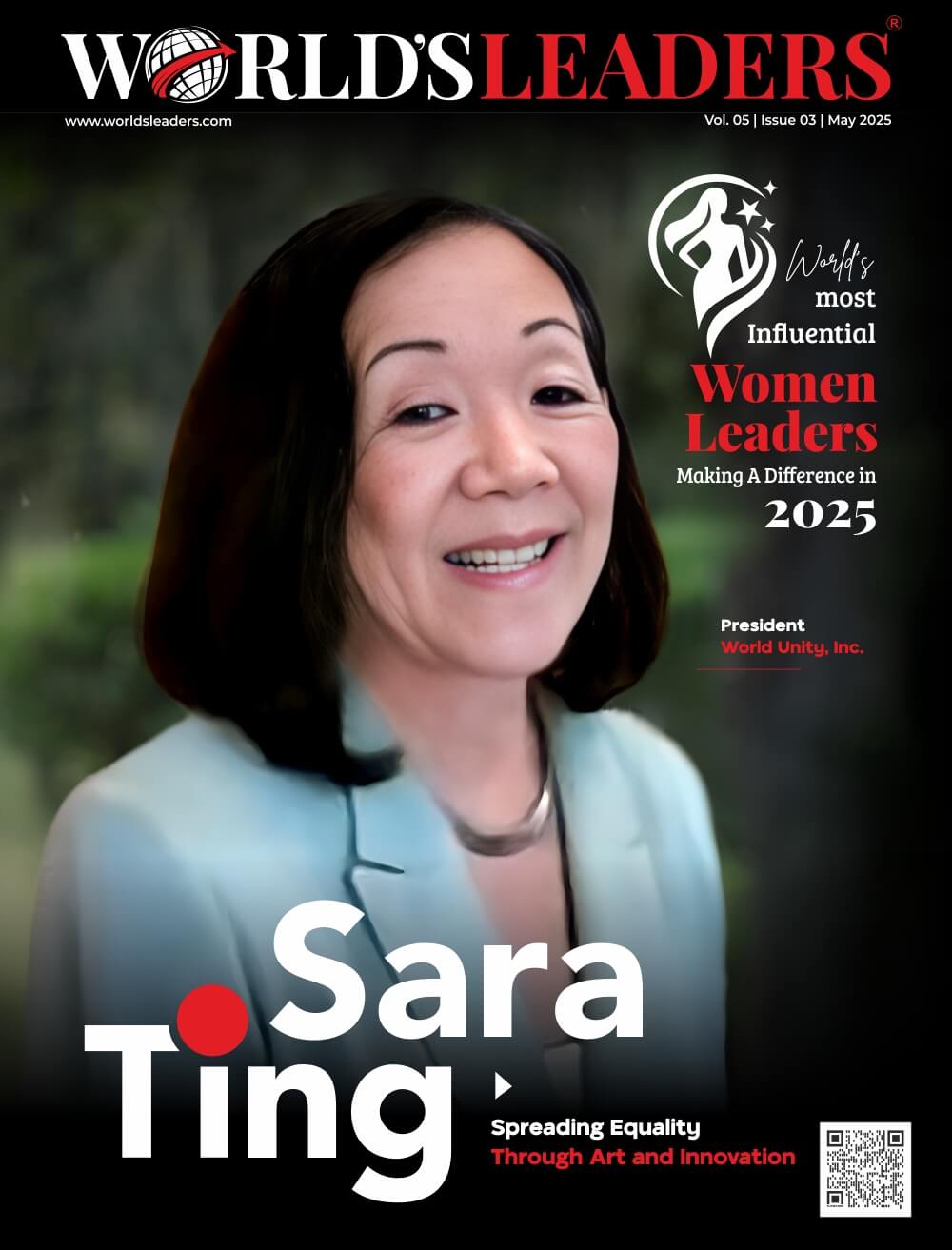Supply chain management has always been a male-dominated field of work, which is no secret. Women in the field encounter barriers to recognition and advancement at the same rate as their male counterparts. However, as organizational investment in gender equity spreads, we are witnessing a positive change. According to Gartner data, women accounted up 35% of the overall supply chain workforce in 2016 but increased to 41% by 2021. Through consistent, encouraging leadership, worthwhile learning and networking opportunities, and powerful mentoring, organizations may continue to address the gender gap by keeping and promoting women inside the supply chain sector.
One of the most significant elements in the recent rise might be attributed to firms’ commitment to gender equality. To narrow the gender gap, several businesses have changed their organizational practices. Additionally, businesses have taken action to offer advantages including work from home options, subsidized child care, and maternity benefits.
The growing skill gap, which is a major concern for modern enterprises, is another factor that has influenced the transformation. The supply chain is becoming more strategically oriented, networked, and digitally driven, which calls for individuals with a variety of backgrounds and specialties. This further creates opportunities for qualified resources (men and women equally) to apply for these jobs.
When it came to role progressions and promotions, the traditional recruitment process used by many companies, especially those in heavy engineering or manufacturing, typically followed a gradual ascent of existing resources. For instance, in the manufacturing sector, an engineer on the shop floor will eventually assume the role of a Buyer. Since the circumstances are altering, the majority of employers are now seeking employees with professional Supply Chain or Procurement training. In relation to this, management and professional programs at colleges and universities are especially created to offer specialized training and make it possible for young professionals to acquire the skills they need for supply chain positions. These courses are extremely popular among women, so it makes sense for businesses to take advantage of this sizable market.
The Shift
In historically male-dominated areas of the supply chain including procurement, storage, and logistics, women have begun to have a beneficial influence. Manufacturing, mining, and other industrial sectors have begun to provide more and more opportunities for women. Companies have begun to include women in senior executive positions. Many high-performing teams and people place a high value on diversity on both an individual and organizational level, and they seek employment in settings that support strategic efforts for diversity, equity, and inclusion that also support women in supply chain. By investing in women early in their careers and giving them access to mentors, mentorship, and growth opportunities, organizations may accomplish incredible outcomes.





